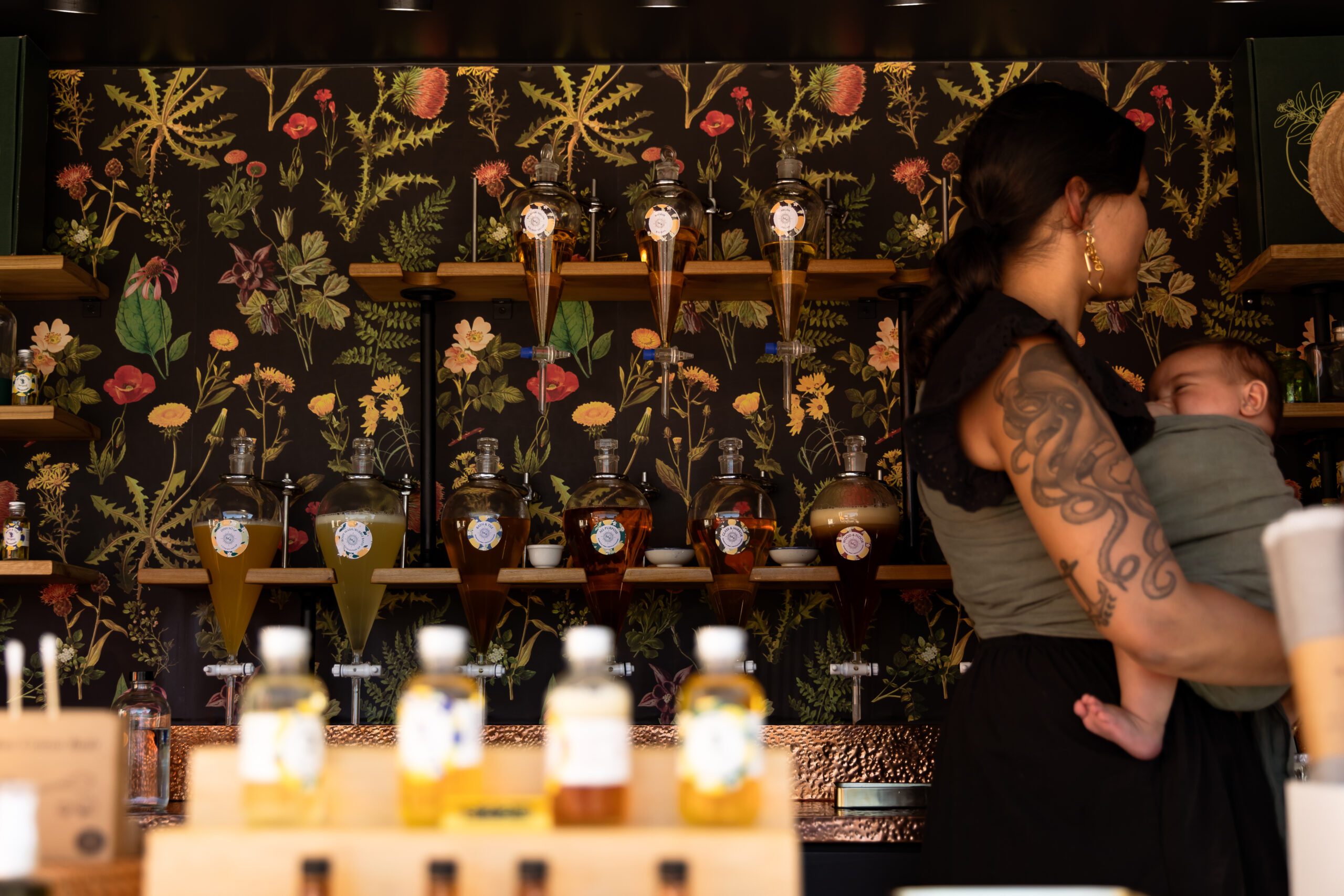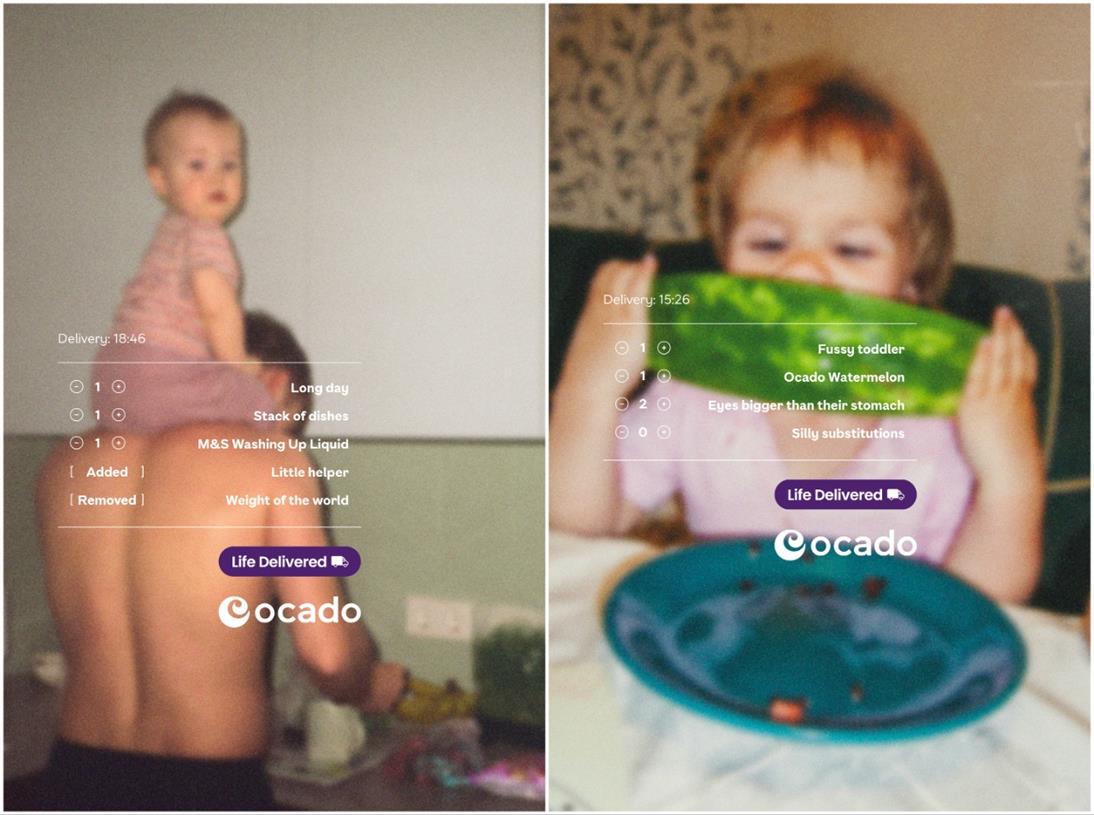I'm A Nutrition PhD: I'm Putting An End To This Vitamin D Myth Once & For All
The one myth that makes our VP of scientific affairs cringe.


At team mbg, we can always count on our vice president of scientific affairs, Ashley Jordan Ferira, Ph.D., RDN, to weigh in on our burning food and nutrition queries. What's up with the new Dietary Guidelines for Americans? What's the deal with vitamin K2? What's the best form of zinc to take? And, on a much more juicy level: Are there any nutrition myths you see online that make you cringe?
"Most of the myths I see have to do with vitamin D," she once told us—with zero hesitation, might I add—on the mindbodygreen podcast. Let's debunk the coveted nutrient, shall we?
The biggest myth about vitamin D, explained.
Vitamin D is one of the most well-documented players for immune support—an "old-school" nutrient, if you will.* However, it skyrocketed in popularity during the pandemic, after cross-sectional studies found vitamin D deficiency was higher in COVID patients than in the control groups. As such, vitamin D finally got the recognition it deserved—although, says Ferira, it's important to truly digest what you're reading online.
Most of us are deficient in vitamin D, says Ferira. And the research backs it up: 29% of U.S. adults are considered straight-up vitamin D deficient, while 41% are vitamin D insufficient. That's a huge nutrient gap—and yet, most health media outlets provide a single solution: Eat vitamin-D-rich foods.
"That's a huge myth that I'd like to bust," Ferira notes. (She explains her reasoning further here, in case you're curious). "Telling someone to meet their vitamin D requirement through food is like giving you a quart of paint to go repaint your entire house."
Vitamin D is naturally found in small amounts in a handful of foods—which are helpful for preventing extreme vitamin D deficiency and related ailments. For example, 1 cup of milk contains 100 IU of vitamin D. But when it comes to ramping up and maintaining healthy vitamin D status for life, those modest intake levels alone just won't cut it.
Sufficient blood levels of 25(OH)D, the measure of vitamin D status, are considered to be greater than 20 to 30 ng/mL. As Ferira explains, "In fact, those are the cutoffs for vitamin D insufficiency/deficiency so not goals to aim for but rather minimums to avoid."
To consistently achieve a 25(OH)D blood level greater than 30 ng/mL, research shows you need a minimum of 2,000 to 3,000 IU of vitamin D3 every day. That's because 100 IU of vitamin D3 daily raises your 25(OH)D level by about 1 ng/mL. Ferira adds, "By the way, this rule of thumb applies to individuals with a healthy weight; those struggling with overweight or obesity will need two to three times more vitamin D3 daily." You can now see why it's pretty difficult to get through food alone.
That's why Ferira is a fan of targeted daily supplementation for vitamin D3 specifically: She personally takes 5,000 IU vitamin D3 gel caps every day (like in mbg's vitamin d3 potency+), but she also touts a high-quality multivitamin and daily immune-centric supplement as a great way to simultaneously get your fill of other critical nutrients you may be missing.* "Talk about filling the gaps—that's a strategic way to do it," she says.*
"I'm glad that micronutrients, like vitamin D, are back in the forefront," says Ferira. But we do have to be smart about what we read and/or hear through the grapevine. When it comes to vitamin D, getting sufficient levels oftentimes takes more than fridge staples.* Curious what other myths you may be believing about vitamin D? We've busted them all here.
https://www.mindbodygreen.com/articles/nutrition-phd-explains-and-debunks-common-vitamin-d-myth

 Hollif
Hollif 































